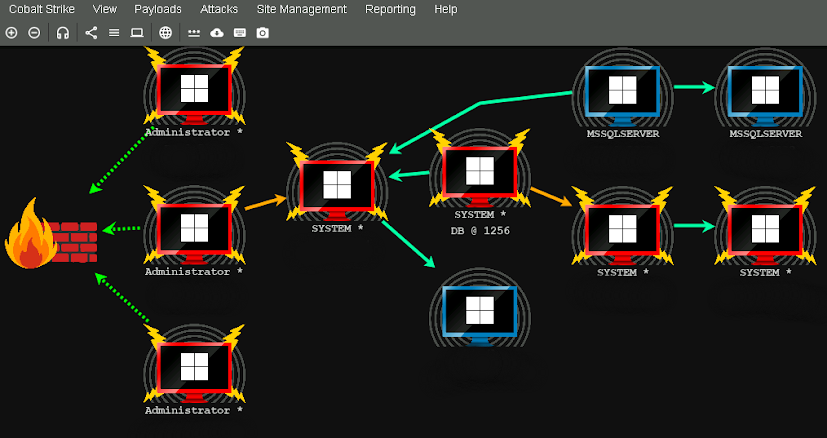Tracking Malicious Files with Favicons
In today's post, we're diving into the world of favicons and their role in malware detection with VirusTotal Enterprise. If you read my last blog, you’ll remember we explored using VirusTotal Diff to track down new iterations of DarkGate malware. Though it might seem like I live and breathe VirusTotal, I assure you there are other tools I use. However, I do find these ad-hoc workflows interesting, and although I rarely document them, I'm making another post. Imagine you’re part of a product company that distributes a high volume of binaries, software, and various other items across a vast amount of websites. Often, third-party partners host legitimate versions of these products on their sites and SEO boosts. Unfortunately, this widespread distribution gives attackers a chance to mimic your products by using similar file names and even your company's favicon to deceive users. This is by no means a novel or new technique, in fact, it's quite trivial in my opinion, w


